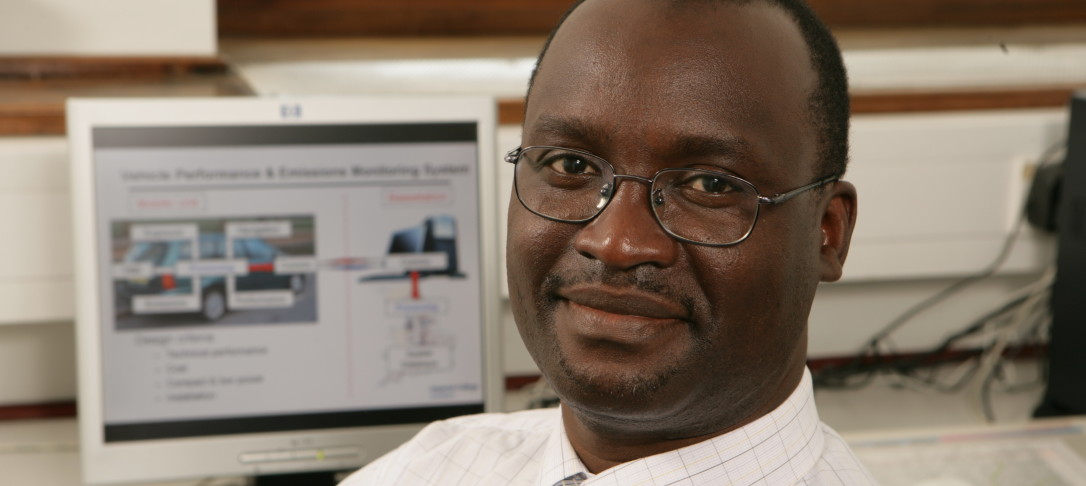
Department of Civil and Environmental Engineering
2021 Black History Month Lecture
Join the event on Microsoft Teams
Professor Washington Yotto Ochieng, FREng, is the Head of the Department of Civil and Environmental Engineering, and Chair in Positioning and Navigation Systems. He is also the Senior Security Science Fellow at the Institute for Security Science and Technology (ISST) at Imperial College London. Formerly, he was the Head of the Centre for Transport Studies and Co-Director of the ISST at Imperial. He is the current Vice President of the Royal Institute of Navigation (RIN).
With a background in industry and academia, Ochieng worked at Racal Electronics Limited as a Principal Engineer and moved to Imperial in October 1997. Ochieng is a Chartered Engineer and Fellow of the Royal Academy of Engineering (RAEng). He is also a Fellow of the UK Institutions of Civil Engineers, Chartered Institute of Highways and Transportation, RIN and Institution of Civil Engineering Surveyors.
Prof Ochieng has undertaken award-winning research in critical infrastructure resilience, user-centric mobility and positioning, navigation and timing (PNT) systems. Examples of his works include the design of positioning and navigation systems (including Europe’s EGNOS and GALILEO systems) for land, sea, air and space applications; Air Traffic Management (ATM) and Intelligent Transport Systems (ITS). Ochieng contributes to professional, government and related entities, advising on various activities in the UK, Europe and Africa.
Abstract
There are an estimated 250 million visually impaired individuals worldwide, of whom around 50 million use a cane to help them get around. The most familiar type of cane, known as a “long cane”, is used by visually impaired individuals with extremely restricted or no vision to help them find their way and avoid obstacles. However, a long cane can only detect obstacles below knee height and within approximately 1 m of the user. This makes it particularly challenging for visually impaired individuals to navigate safely indoors and busy urban areas, especially where cars, bicycles, and pedestrians are found in close proximity. This presentation will explore the development of an indoor navigation system that is both reliable and fully accessible for visually impaired people, or anyone that may struggle to navigate the built environment. What sets this system apart is that it incorporates the novel feature of integrity monitoring (for safety criticality) and usability framework. The approach to retain the cane, making it smarter is a critical human factors consideration as this ensures that the assistive technology is not intrusive and acts only as a natural extension of the user’s typical behaviour facilitating acceptance and usage


